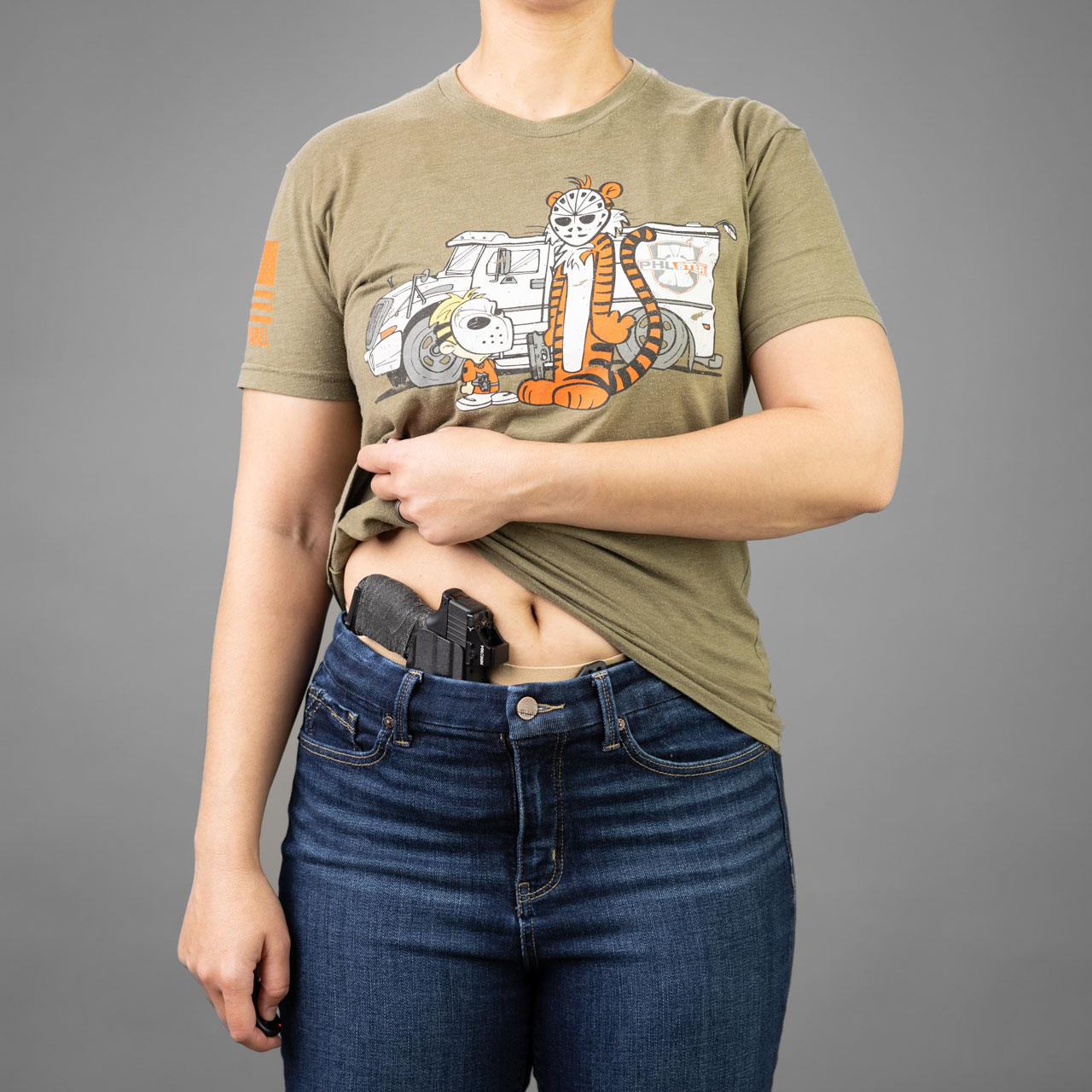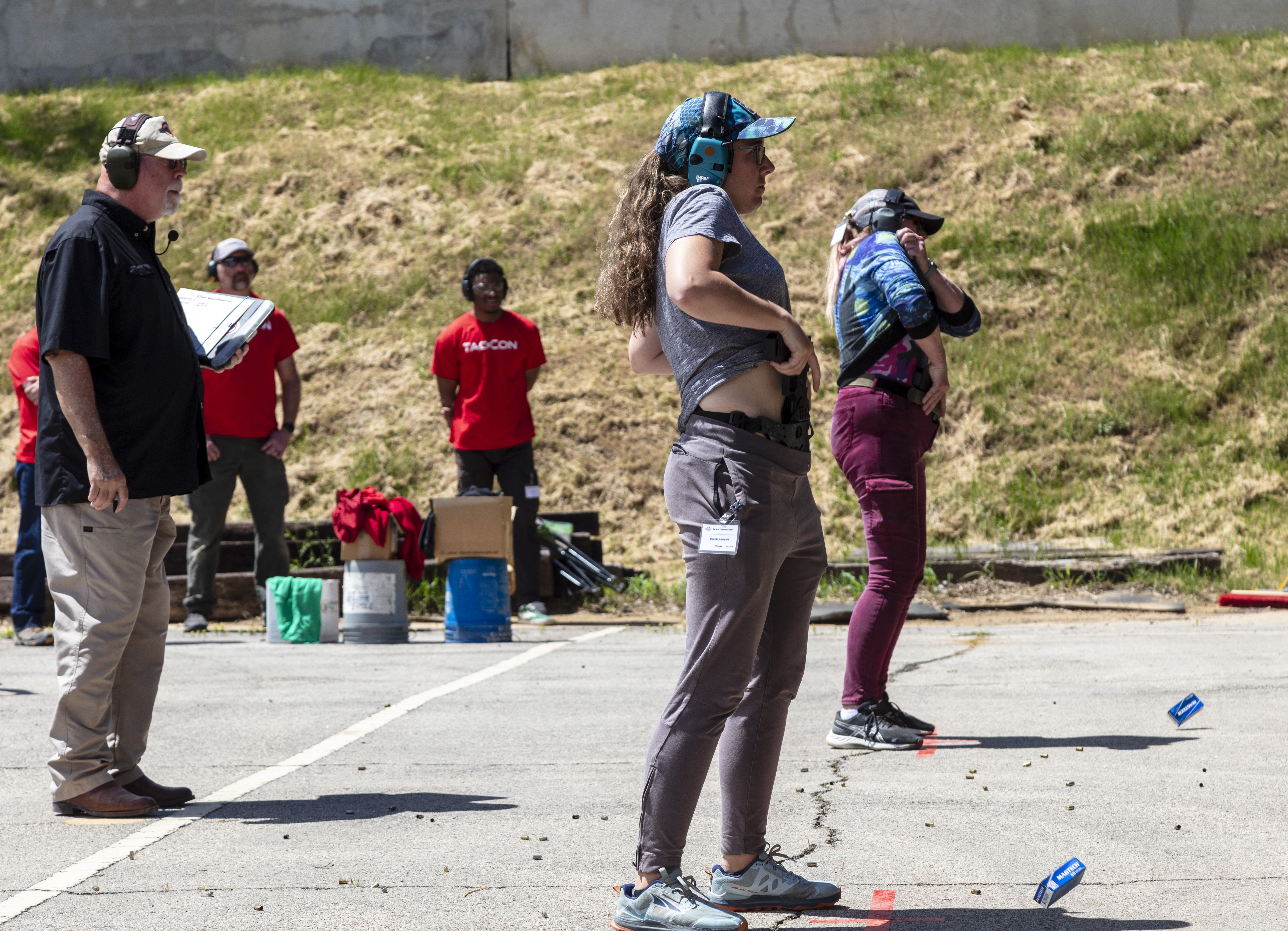New


Enigma Express
The chassis system consists of a strong, thin, flexible faceplate that holds the holster against your body. The textured faceplate helps to grip clothing and maintain consistent draw and concealment...
$154.00



















